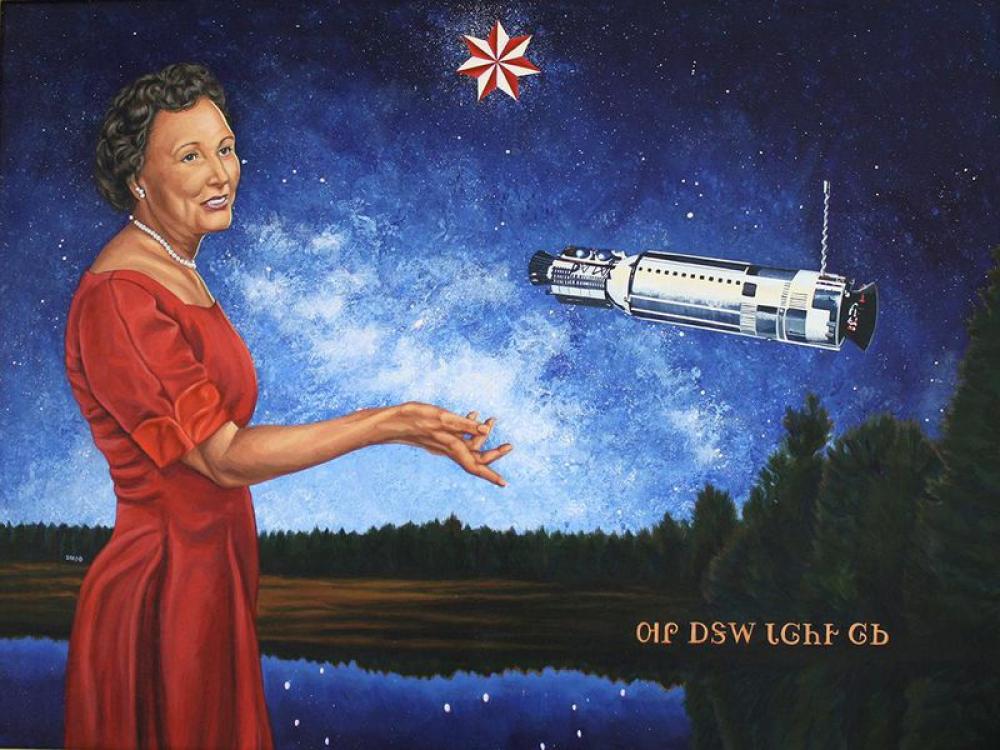
Nov 22, 2017
By Morgan Bulman, Digital Experiences Intern
Throughout history, aviation has been shaped by daring Native American women who were pioneers in flight and innovation. Here are a few of their groundbreaking stories, in celebration of National Native American Heritage Month:
Mary Riddle
Qualified to fly solo in 1930, Mary Riddle was the first enrolled woman in a Native American tribe to earn her pilot’s license, and later her commercial license. Pictured on the cover of the Ninety-Nines’ June 1934 magazine, Riddle was best known for being a performing parachutist. She was a part of the Clatsop and Quinault tribes, and learned how to fly in Portland. Riddle was inspired to become a pilot when she was 17 years old and happened to see a woman crash in an airplane. Public opinion, Riddle said, was that women would never be successful pilots—she knew then that she wanted to prove them wrong.
Mary Riddle, the first Native American woman to earn her pilot’s license, on the cover of the June 1934 Ninety-Nines magazine. Image courtesy of the Ninety-Nines.
Pearl Carter Scott
Eula “Pearl” Carter Scott is often referred to as the world’s youngest pilot, and was inducted into both the Oklahoma Aviation and Space Hall of Fame as well as the Chickasaw Nation Hall of Fame. She also served as a Chickasaw Nation legislator later in her life and was a charter member of the Smithsonian’s National Museum of the American Indian. Scott took to the skies at just 12 years old and earned her license at 13, completing her first solo flight at 14 in 1929. Years later, she flew as a stunt pilot.
Mary Golda Ross
At the age of 96, Mary Golda Ross attended the opening of the National Museum of the American Indian, but she also has a place in history at the Smithsonian's National Air and Space Museum. In 1942, Ross was hired as a mathematician and aerospace engineer at Lockheed Martin where she became an integral part of the Space Race program. At the time, Ross was the only Native American woman who worked as a major consultant to NASA and worked on designing concepts for space travel and unmanned orbiting objects. In fact, one of Ross’ biggest roles was laying the groundwork for the Apollo missions to the Moon.
Ad Astra per Astra by America Meredith, depicting Mary Gold Ross. Image courtesy of the Smithsonian's National Museum of the American Indian.
Madine Pulaski
Originally an air hostess for Trans World Airlines (TWA), Madine Pulaski made a switch and became a pilot. She raced in what were then called powder puff derbies — the very same air races, like the annual Air Race Classic, that women pilots compete in today. In addition to racing, Pulaski taught others to fly, , worked as a bush pilot, flew cargo planes, and chartered flights to bring healthcare providers to impoverished areas in Mexico. As a hobby, Pulaski piloted lighter-than-air aircraft, like hot air balloons.

We rely on the generous support of donors, sponsors, members, and other benefactors to share the history and impact of aviation and spaceflight, educate the public, and inspire future generations. With your help, we can continue to preserve and safeguard the world’s most comprehensive collection of artifacts representing the great achievements of flight and space exploration.
We rely on the generous support of donors, sponsors, members, and other benefactors to share the history and impact of aviation and spaceflight, educate the public, and inspire future generations. With your help, we can continue to preserve and safeguard the world’s most comprehensive collection of artifacts representing the great achievements of flight and space exploration.